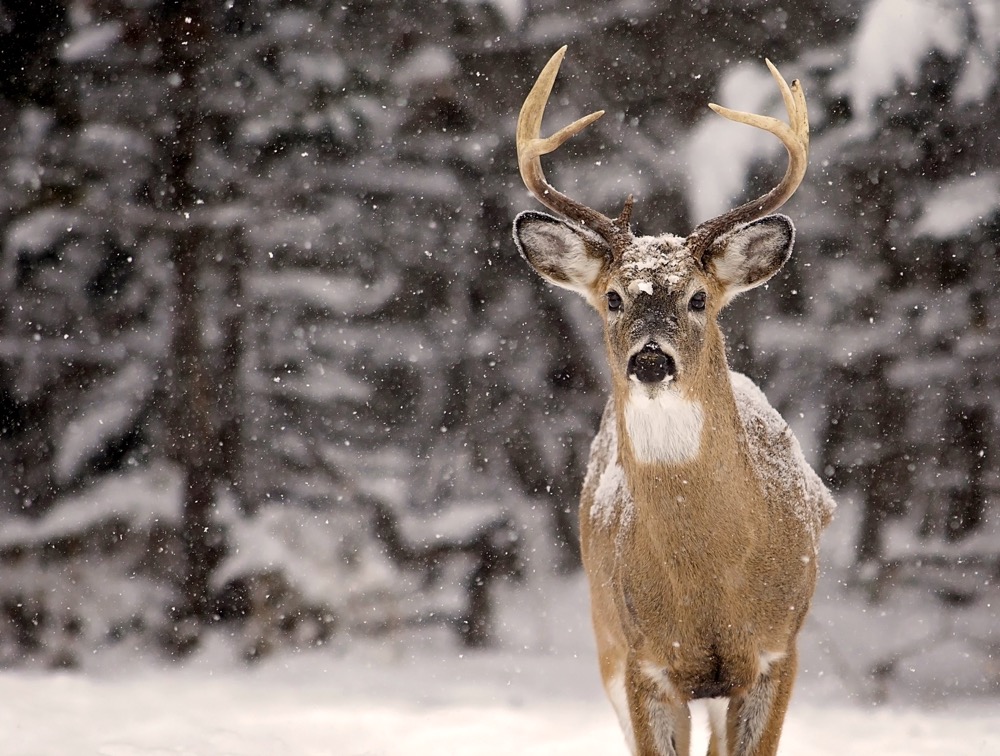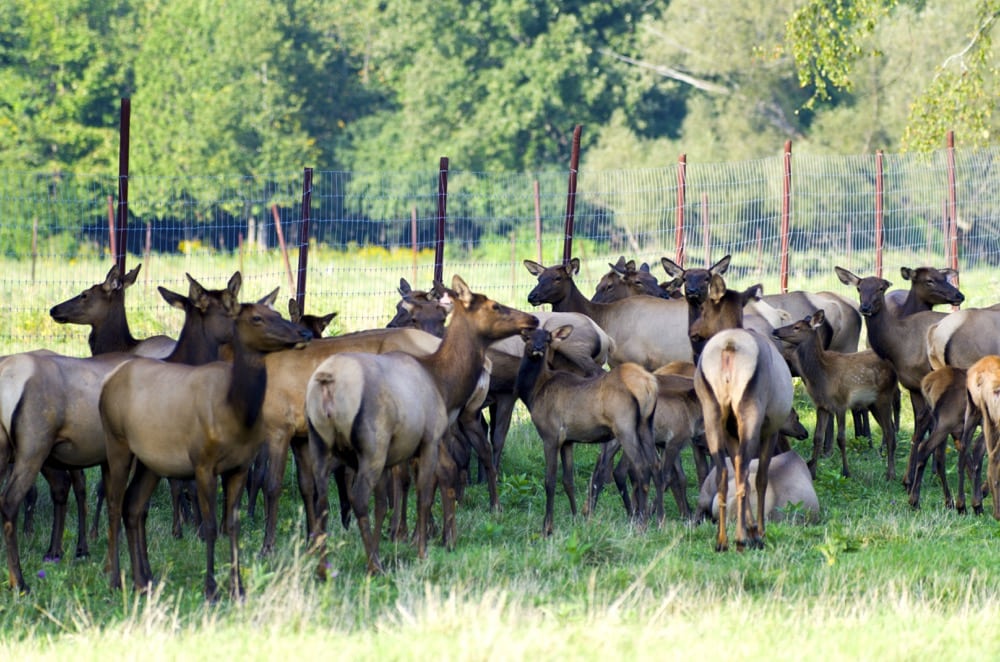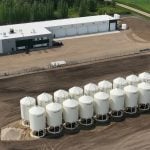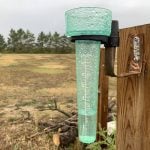Alberta farmers have been asking for solutions to the problem elk situation in the province, and the provincial government has provided an option for farmers to protect their operations from the damage elk herds can cause.
The Government of Alberta launched a program this spring that allows ranchers to hunt problem elk. Eligible hunters can shoot cow elk on private property or Crown land, even after the February end to the recreational elk hunting season.
Cole Barten works on a cow/calf operation just south of Cardston, Alberta, and he’s seen the damage elk can cause.
Read Also

Lethbridge Polytechnic researcher helps unlock the economics of farming
Lethbridge Polytechnic researcher Selin Karatepe is helping agriculture producers with decision-making tools in economic feasibility.
“It was mostly just the destruction of fences and large groups of elk got into one of our stackyards and made a mess of a bunch of hay bales,” he said.
On the ranch where Barten works, animals are fed every day during the winter months.
“We don’t put down swath or do any bale grazing like a lot of producers, so we’re less impacted,” he said.
Barten, who is a delegate for Alberta Beef Producers (ABP), said this was the first year he’s seen elk damage in the three years he’s worked on the ranch.
“This year, we had close to 100 head of elk get into one of our stackyards,” he said. “And every day, we were chasing them out of it. They were breaking fences down because they are a large group of animals, ripping into hay bales and destroying hay bales that were for cows,” he said.

In addition to destroying stackyard fences, the elk destroyed perimeter fences and fences for calving.
“You get 100 elk jumping through that fence, and one of them eventually hits a wire and rips it out, and then the rest kind of just make that hole a little bigger,” he said.
Barten said elk problems vary from operation to operation. One of his neighbours does all the feeding close to their house, and the elk don’t go near the house, he said.
The ranch where Barten works is surrounded by grain land, native grasslands and Police Outpost Provincial Park.
He said it is impossible to pinpoint the monetary damage done by the elk.
“You have to factor in everything, from bales lost to fencing materials to time and labour dealing with it,” Barten said. “And it’s going to vary. For us, it’s thousands of dollars.”
He added the elk can be pests by chasing cows around and push them off feed.
“This one stackyard, where we had our issues, it’s in the middle of the field that we calve in. We had a bunch of newborn calves, and there was a storm, and the elk came and pushed all the calves out of the windbreaks and the shelters,” Barten said.
He’s excited about the problem elk program, also known as the wildlife responder program, because it gives ranchers another tool for dealing with them.
A problem animal can be a particular cow elk that is leading the herd into the stackyard, Barten said.
“She’s in the front, bringing the herd to the stackyard every time,” he said.
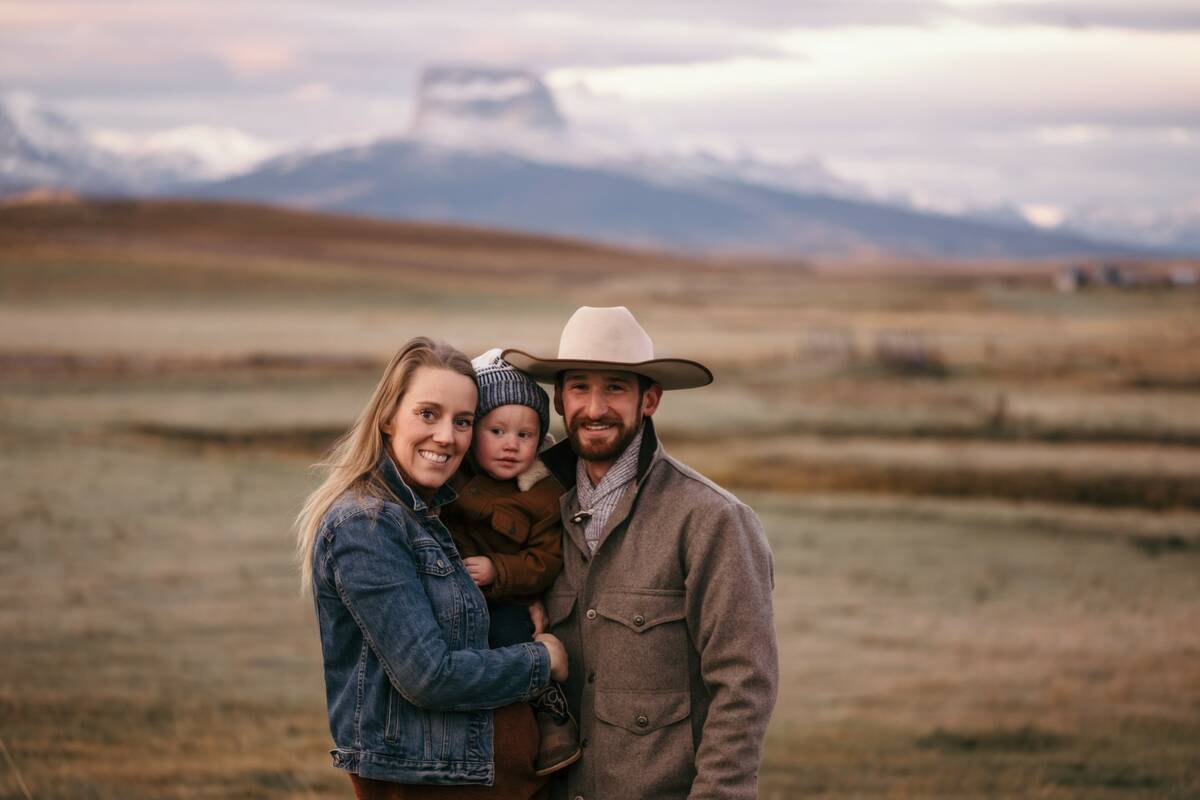
Once the elk herd hears a gunshot, and sees that lead cow elk die, they are less likely to come back to the area.
Barten stressed he does not have a problem with elk in general, adding that most people like to see wildlife on their ranches.
“I like having elk around,” he said. “I have young kids, so it’s really cool to go out in the spring and look for antlers getting shed and stuff like that.”
Kaley Segboer-Edge, stewardship lead and Verified Beef Production Plus coordinator for Alberta said the Alberta Beef Producers are following the issue closely.
“We’re following and engaging with government and stakeholders through a couple different ways,” she said.
Segboer-Edge and her team are using digital tools to follow the social media conversations and news.
“We engage actively with partners like the Alberta Conservation Association, Bow Hunters (The Alberta Bowhunters Association), as well as multiple departments within the government, including the Ministry of Environment and Protected Areas and the Ministry of Agriculture and Irrigation,” Segboer-Edge said.
The group also engages with tourism, which is managed through the Ministry of Tourism and Sport.
“Our leadership team is really engaging with those ministries, especially in advocating for beef producers and the issues we are having. We’ve commissioned two major studies that are just kicking off right now,” she said.
One study will cover a jurisdictional scan of the western provinces, as well as some of the northwestern United States, to see how they’ve managed coexistence between ranchers and wildlife, with a focus on ungulates and predators.
ABP is also working with Canfax to understand the financial impact ungulates have on Albertan producers feeding cattle in the winter.
“From our preliminary look, there has been no major quantum research into the scale of the impact and winter feeding is just one piece where the ungulates are impacting producers,” Segboer-Edge said.
Hunting problem elk can also be a benefit to the public.
“It’s one of the major tools that we use for managing problem elk in our elk herds. Beef producers have a long-standing history in working with conservationists and the hunting community to manage our different wildlife populations,” she said.
Research has shown that hunting problem animals who are continuously coming back to the stockpiled feed can help disperse the herd.
“If you talk to any hunter or rancher, elk are a very smart species, so they quickly learn not to habitate those areas and rely on them as a food source,” Segboer-Edge explained.
Ruiping Luo, conservation specialist with the Alberta Wilderness Association, said the group isn’t particularly concerned about elk hunting.
“As far as we’re aware, that is sustainable if it’s managed in a way that is not threatening the population or the ecosystem,” she said.
“We are a little bit concerned because we feel that the government has been continuing to push what we understand to be its responsibility to manage these problem animals onto hunters,” Luo said.
Hunters don’t have the same background as wildlife officers, who should be managing these populations or problem animals, she said.
Luo added that the government hasn’t officially defined what counts as a problem animal.
“It’s usually in a conflict situation, although that too is unclear on what is considered a conflict,” she said.
Luo said it’s a controversial topic, but one way to manage elk populations is to allow some predator co-existence. Wolves and cougars can help control elk populations, because they change elk behaviour. If wolves and cougars are in the area, elk tend to spend less time feeding.
“They tend to be more hidden in the trees, because they don’t want to be at the risk of predation. I suppose a different concern we have is that the province recently seems to be going after a lot of these predators, and that might be impacting other organisms, including elk,” she said.



